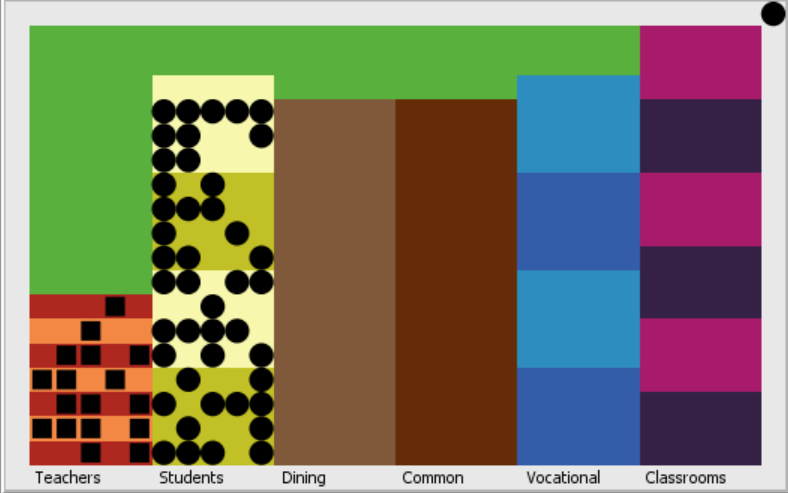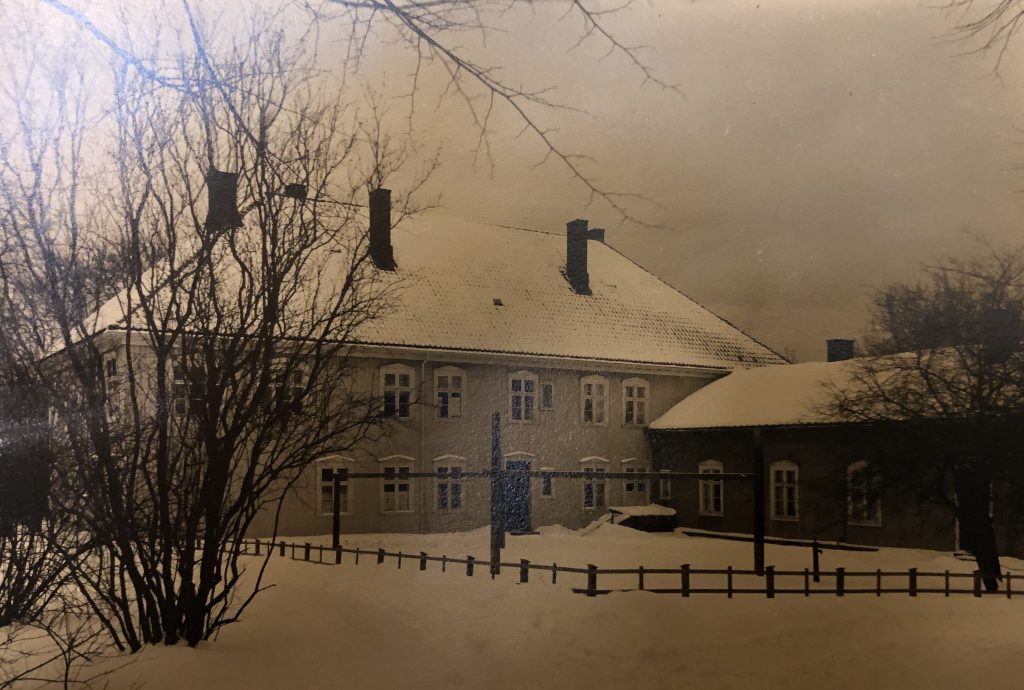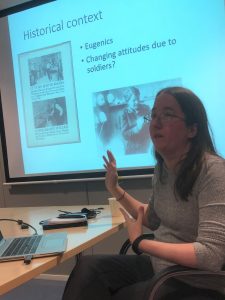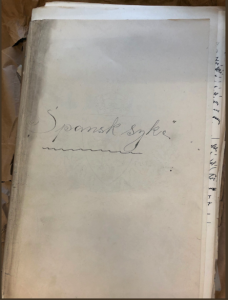End of a Long, Strange Year
It’s fair to say that this year has not been what I was expecting or hoping for, and I’m sure that is true for most people. However, I am grateful that my family has remained healthy and that I have been able to work safely from home.
Some of my plans and timelines for this project have changed, of course. But I also have had the opportunity to co-author several articles, now in various stages of review, connecting historical pandemics to COVID-19 and addressing issues of inequality and preparedness. I am excited to share those when they are ready.
Meanwhile, I’ve been working on making sense of historical records from Sweden. My preliminary analyses suggest there were differences in 1918 flu mortality outcomes between people with and without recorded disabilities, but these are clearer to spot when considering people noted to be in institutions vs. the whole population. While I have remaining analyses to do, these findings reinforce the importance of the physical environment and social attitudes in pandemic outcomes when it comes to disabled people.
I also have drafted the complete model code for my agent-based model. The image below is the appearance of the “world” at the start of a simulation, depicting staff and students in a school for children with disabilities. The schedule of activities and other details are based on archival material for a number of such schools in early 20th century Norway, especially Holmestrand School for the Deaf. The code needs to be carefully tested first, but hopefully soon I will be able to start analyses. Ideally, this model will not only improve our understanding of how diseases spread within institutions but also be a tool for testing how well potential interventions might work.

Image description: Map of the model school. Social spaces appear as rectangles of different colors, and they include boarding rooms for staff and students, the dining room, a common room, vocational classrooms and teaching classrooms, as well as external grounds. At the start of a model run, staff (squares) and students (circles) are in their bedrooms, most of which are shared. One student is in the upper right corner, reflecting the fact that usually a small number of students lived or boarded outside of the schools.

Image description: An external view of Holmestrand School for the Deaf, showing a large building with a smaller extension and fenced grounds covered in snow. Date unknown, although the picture is sepia-tinted and the folder at the archives contained material from 1899-1943. Held at the National Archives of Norway (RA/S-1021/F/Fh/Fhp/L0061 – Holmestrand off. skole for døve).
I am definitely looking forward to the next stages of this project, and I hope everyone has a much better new year than the last one!

